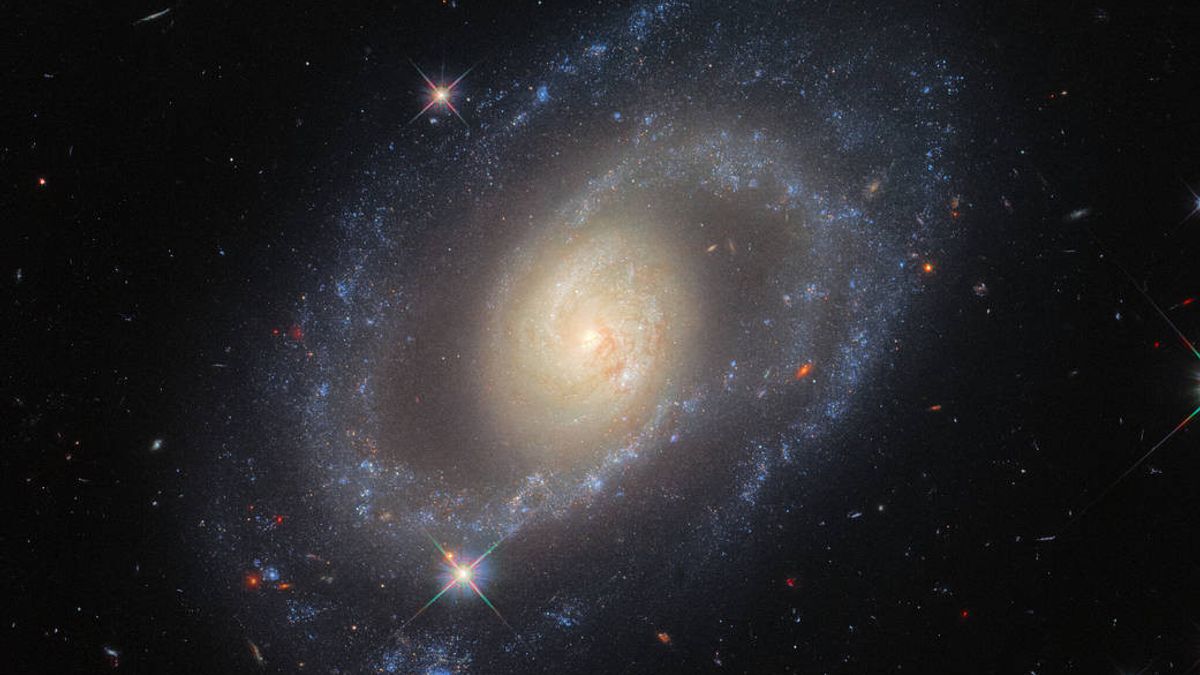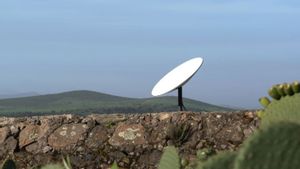JAKARTA - This week's Hubble Space Telescope captured a gorgeous galaxy surrounded by a shining star, known as Mrk (Markarian) 1337.
Mrk 1337 galaxy is a type of spiral galaxy with a weak bar. It is located 120 million light-years away in the constellation Virgo.
This galaxy is similar to the Milky Way in that it has arms of stars sticking out from the center of the busy galaxy, forming a spiral. In addition, its similarity to the Milky Way is also that its dust and gas give rise to new stars in the elongated region at the center of the galaxy.
"Hubble's Wide Field Camera 3 photographed Mrk 1337 over a wide range of ultraviolet, visible and infrared wavelengths, producing this highly detailed image," the European Space Agency (ESA) said in a statement.
SEE ALSO:
With Hubble capturing data at different wavelengths, scientists can see a variety of features of the galaxy. For example, looking at infrared wavelengths in a telescope can look hot and identify areas of the image in which parts of the galaxy are warmer than others.
Looking at ultraviolet wavelengths, Hubble can see the illumination of hotter objects such as very young stars.
In addition, astronomers can also combine observations from visible, ultraviolet, or infrared wavelengths of light to pick up different features and get a more detailed overall view of an object, and this time it's a beautiful spiral galaxy.
The English, Chinese, Japanese, Arabic, and French versions are automatically generated by the AI. So there may still be inaccuracies in translating, please always see Indonesian as our main language. (system supported by DigitalSiber.id)


















